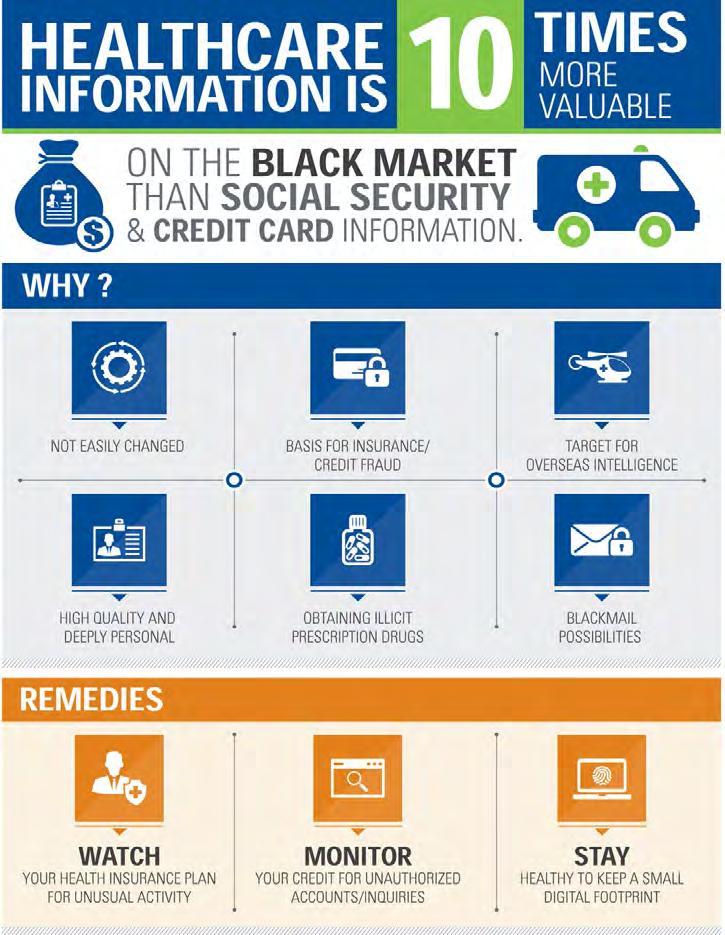Cloud Adoption, Challenges and Solution Suresh Kumar Ramasamy
Cloud Adoption c) Cloud computing is the delivery of computing services including Servers, Database, Storage, Networking & others over the internet. Public, Private & Hybrid clouds are different ways of deploying cloud computing. • • •
In public cloud, the cloud resources are owned by 3rd party cloud service provider A private cloud consists of computing resources exclusively by one business or organization Hybrid provides the best of both worlds, combines on-premises infrastructure, private cloud with public cloud
Microsoft, Google, Amazon, Oracle, IBM and others are providing cloud platform to users to host and experience practical business solution. The worldwide public cloud services market is forecast to grow 17% in 2020 to total $266.4 billion and $354.6 billion in 2022, up from $227.8 billion in 2019, per Gartner, Inc.
d) e)
After crossing all, once the IT environment is cloud enabled, the challenge comes in ensuring the monitoring of the cloud enabled IT environment. Here are some of the business and IT challenges 1.
How to ensure the various workloads and Instances are working as expected?
While the cloud provider may give high availability and uptime depending on the tier we choose, it is important that our IT team monitors the environment, as in the case of IaaS and to some extent in PaaS as well.
2. How to ensure the Instances are optimally used in terms of compute and storage?
Cloud providers give most of the metrics around the Instances, though it may not provide all the metrics that we may need to make decisions in every possible scenario.
The disadvantages of this model are cost, latency and not straight forward, e.g. the LOG analytics which comes in Azure involves cost for every MB/GB of data that is stored and the latency in getting the right metrics at right time, if there is latency/delay, you may not get the right result.
There are various types of Instances, workloads and options available as part of the cloud ecosystem, i.e. IaaS, PaaS, SaaS, Multi-cloud, Serverless. Challenges When very large, large and medium enterprises decide to move their IT environment from onpremise to cloud, they try to move some/most of their on-premises into cloud and keep the rest under their control on-premise. There are various factors that impact the decision, to name a few, a) b)
10
ROI vs Cost of Cloud Instance, Operation cost Architecture dependency of the application, i.e. whether it is monolithic or multi-tier or polyglot
or hybrid cloud Requirement and need for elasticity and scalability Availability of right solution from the cloud provider Security of some key data
3. How to ensure the Application or the components of a single solution that are spread across On-Premise and Cloud environment is working as expected?







